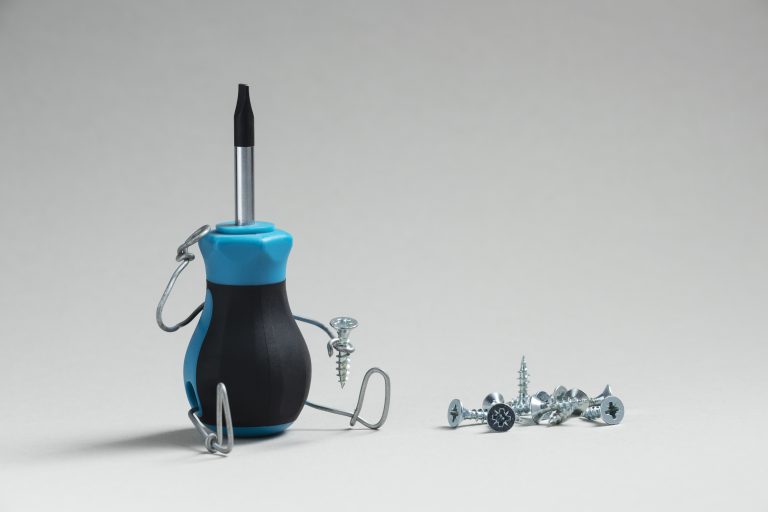Plastic injection moulding is the process of passing molten plastic materials through an injection moulding machine and into a mold. Here, the plastic hardens as it cools, forming the shape of the mould. The finished plastic component is released from the machine and quality checked before being passed on to the customer.
The process has many advantages, including fast production times, excellent repeatability for large-scale orders and the ability to create complex shapes. It also offers precise customisation with regards to colour, finish, materials used, branding etc. Plastic injection moulded products are common in a large number of industries, from automotive, construction and engineering to medical, retail and packaging. According to Marketwatch looks set to increase in popularity, with projected growth figures around the world looking extremely healthy.
Exploring an Injection Moulding Machine
A plastic injection moulding machine can also be known as an injection press. It works by combining the injection unit and a clamping unit to complete the injection moulding process. Plastic pellets are first of all fed into a hopper. This is a large container that has a hole at the bottom to release the pellets into the heated barrel, ready to be melted. Once the pellets move into the heated barrel, they start the main injection moulding process. Several different plastic polymers can be used. Some of the more common materials include:
1. Polypropylene (PP)
2. Polyethylene terephthalate (PET)
3. Acrylonitrile Butadiene Styrene (ABS)
4. Polystyrene
5. Polyvinyl chloride (PVC)
6. Polymethyl methacrylate (PMMA)
7. High and low density polyethylene
As the pellets hit the heated barrel from the hopper, heater bands and friction from a revolving screw barrel melt them into a liquid. The liquid passes through a nozzle and into the mould cavity. This will have already been designed and produced to meet customer specifications. The mould is a bespoke part of the clamper unit, and one that enables production runs of hugely varying sizes. One-off prototypes can be made, or large-scale orders fulfilled.
Mould cavities in injection moulding machine are usually made from metal – usually steel or aluminium – by specialist mould makers or toolmakers. This is because they need to be able to withstand the immense heat generated inside the plastic injection moulding machine. If the mould breaks or distorts, it spoils the whole order and can even damage the machine. Several mould channels are also added to aid the passing of the molten plastic from the heated barrel and along into the cavity and to ensure the process happens as quickly as possible before the liquid begins to cool down again.
The completed mould is mounted onto a platen for stability during the clamping stage of the plastic injection moulding process. It is held firmly in place while the molten plastic solidifies and takes on the required shape inside the cavity.
Quality Control And Customer Satisfaction Checks
Once the plastic part is solidified and ready to come out, the mould is released by the platen opening and ejector pins pushing the part out of the mould, ready for the finishing stages and quality control. For instance, there may be some trimming required to cut away any unwanted plastic that has solidified inside the mould’s channels and attached itself to the plastic part being made. This can be removed quickly and easily using special cutters. The excess plastic is often added back into the machine to be recycled and used to create the next required plastic part.
Quality control also ensures safety. For example, they verify that small parts don’t break off easily or pose a choking hazard for young children. Branding and colors are thoroughly inspected, and the parts are tested for durability and performance. Customers are also involved in the process to review the products, either approving them or requesting modifications as needed.
The injection moulding process results in highly precise plastic components that can be carefully customised and mass produced with excellent conformity. There is very little waste produced. Any pellets that are not used can be stored and melted down again for the next project to be carried out using the plastic injection moulding machine. Prices can be kept lower too, thanks to the mass-production element of the process, as well as the relatively straightforward production method that plastic injection moulding involves.





